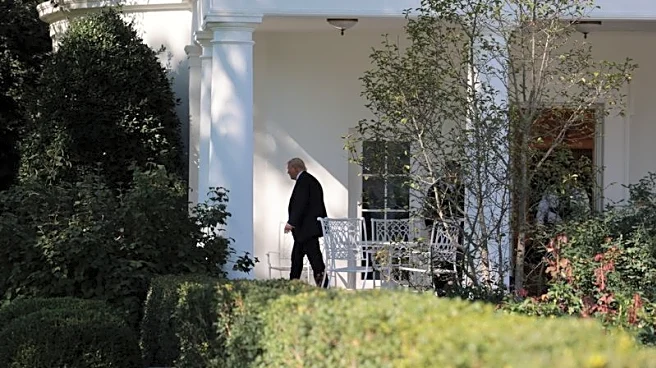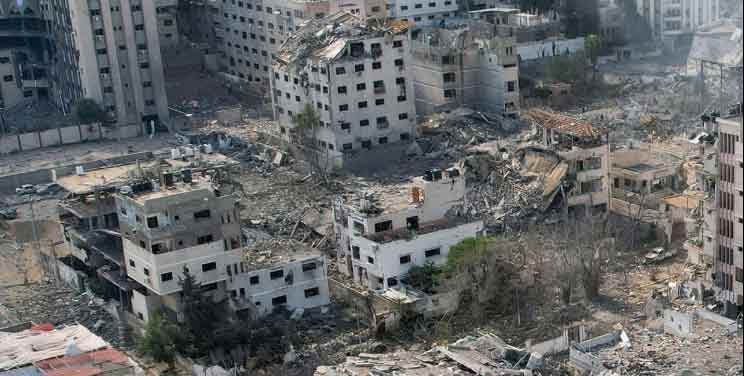What's Happening?
The U.S. Department of Defense has announced plans to construct a facility for the Qatari Air Force at Mountain Home Airbase in Idaho. This facility is intended to enhance training and interoperability between U.S. and Qatari forces. Ali Al-Ansari, Qatar's Media Attaché to the U.S., clarified that the facility is not a standalone base but a dedicated section within an existing U.S. airbase. The initiative has faced criticism from some political figures, who argue against hosting foreign military facilities on U.S. soil. The project aims to foster stronger defense partnerships and improve joint operational capabilities.
Why It's Important?
The establishment of the Qatari Air Force facility in Idaho underscores the strategic military partnership between the U.S. and Qatar. This collaboration is significant for enhancing military readiness and interoperability, which are crucial for addressing shared security challenges. The facility is expected to generate local employment opportunities during its construction and maintenance phases. However, the decision has sparked debate among political figures, reflecting broader concerns about foreign military presence in the U.S. The project highlights the complexities of international defense cooperation and its implications for national security policy.
What's Next?
The construction of the facility is set to proceed following community consultations and approvals at various governmental levels. The U.S. and Qatar will continue to work on enhancing their defense capabilities through joint training exercises. The facility is part of a broader trend of international military collaborations hosted by the U.S., similar to existing programs with other allies. The ongoing discussions and reactions from political leaders may influence future decisions regarding foreign military partnerships and facilities on U.S. soil.
Beyond the Headlines
The development of the Qatari Air Force facility in Idaho raises questions about the ethical and strategic dimensions of hosting foreign military operations within the U.S. It reflects the balance between fostering international alliances and maintaining national sovereignty. The project may also influence public perceptions of foreign military presence and its impact on local communities. As the U.S. navigates its defense partnerships, the facility could set a precedent for future collaborations with other nations.













